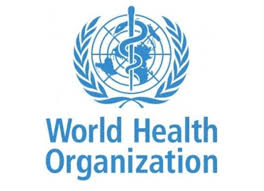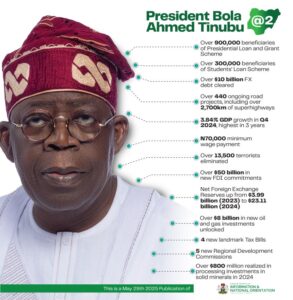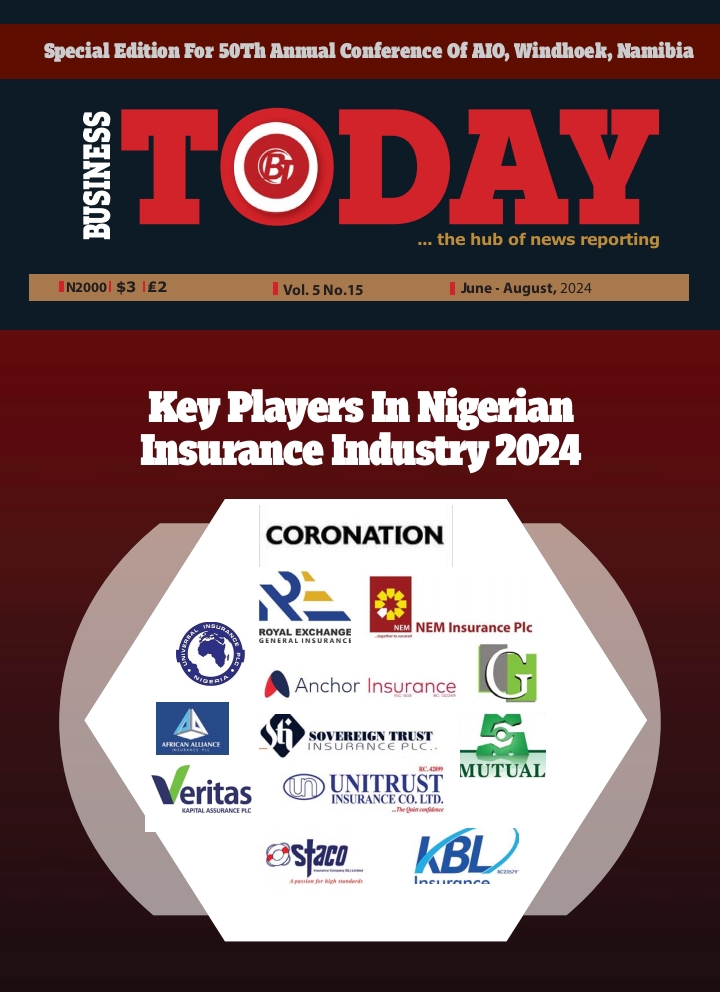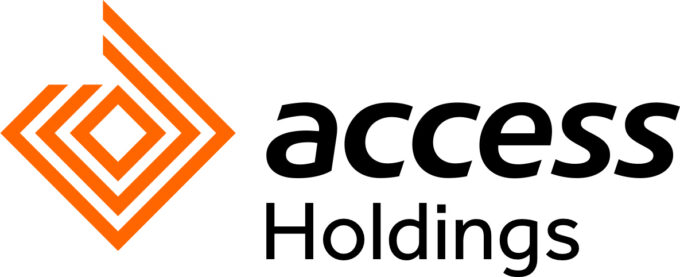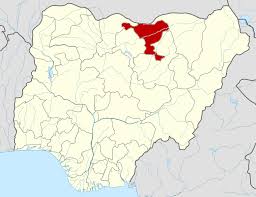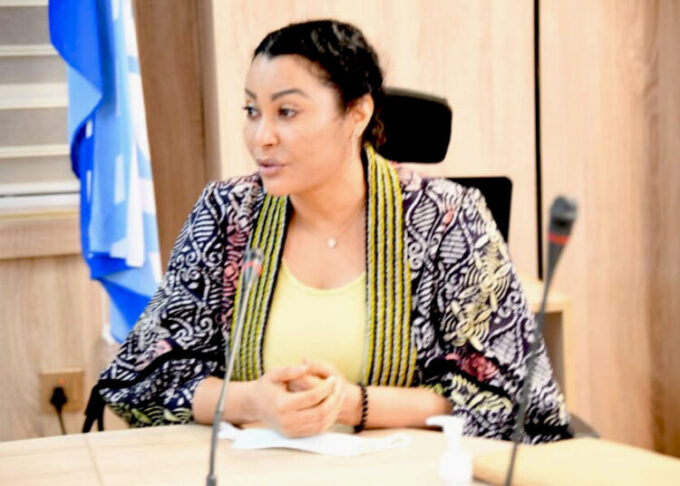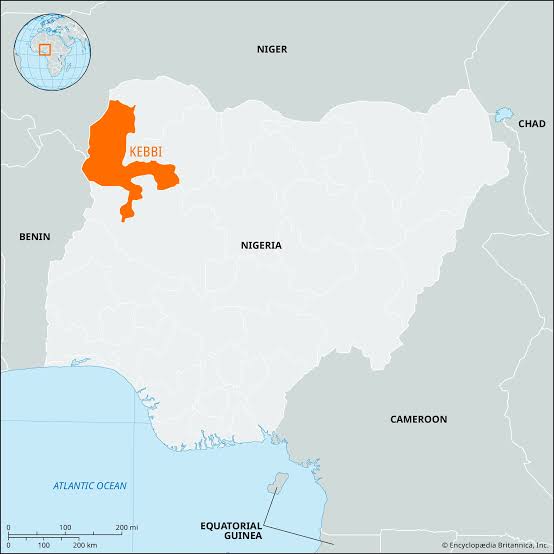The World Health Organisation, WHO, on Friday hailed Africa’s remarkable progress towards eradicating the crippling disease, describing it as a milestone driven by digital innovation, regional collaboration, and stronger health systems.
WHO Regional Director for Africa, Dr. Mohamed Janabi, in his message to commemorate the 2025 World Polio Day, said this year’s theme, “End Polio: Every Child, Every Vaccine, Everywhere,” reflects a renewed determination to ensure that no child is left unprotected, regardless of geography or circumstance.
According to Janabi, Africa’s success in 2025 has been powered by stronger cross-border coordination, expanded surveillance, and the deployment of cutting-edge digital tools that have enhanced efficiency, accountability, and reach.
“Between January and October 2025, 15 African countries reached nearly 200 million children with at least one dose of polio vaccine through supplementary immunisation rounds. Thirteen countries mounted synchronised campaigns, even in highly challenging contexts.”
One of the most striking examples of regional collaboration came from the Horn of Africa, where Djibouti, Ethiopia, Kenya, and Somalia jointly vaccinated over 18 million children in two consecutive rounds.
In the Lake Chad Basin and Sahel region, Ministers of Health launched a coordinated campaign in April 2025 to protect 83 million children across borders.
These efforts have yielded significant results.
WHO data show that the number of African countries with active type 2 poliovirus outbreaks dropped from 24 in 2024 to 14 in 2025, while total virus detections declined by 54 percent Madagascar, in May 2025, officially declared the end of its circulating variant poliovirus type 1 outbreak after sustained response and surveillance efforts.
Janabi highlighted that Africa’s progress is anchored on stronger laboratory and surveillance systems. By mid-2025, 11 WHO-supported laboratories had expanded genomic sequencing capacity, while six began piloting advanced techniques. Uganda’s Sanger sequencing facility was accredited earlier this year, improving the region’s ability to detect and track virus variants.
The report noted that environmental surveillance — monitoring wastewater and sewage for traces of poliovirus — now covers 98 percent of countries in the WHO African Region, providing early warnings that enable swift containment before community spread occurs.
Technology has also transformed the way frontline workers operate.
Over 850,000 vaccinators across the continent now receive digital payments through mobile-money platforms, with 95 percent of them paid within 10 days of campaign completion. This system has improved accountability and ensured that workers in remote areas are promptly supported.
The WHO AFRO GIS Centre’s geospatial mapping tools have further helped identify and reach previously missed populations, including nomadic and border communities, ensuring equitable vaccine delivery.
Despite this remarkable progress, Janabi warned that the fight is not over.
He cited declining routine immunisation coverage, insecurity, campaign interruptions, and vaccine hesitancy as persistent challenges.
“To truly end polio, countries must sustain cross-border coordination, reach zero-dose and under-immunized children, expand surveillance and sequencing capacity, and maintain high-quality outbreak response,” he urged.
Janabi emphasized that ending polio goes beyond halting transmission. “It means strengthening the systems, workforce, and networks that sustain immunization, outbreak preparedness, and resilient health services,” he said, just as he called for sustained commitment and financing, he concluded, “
The last mile is always the hardest, but it is also the most important. On this World Polio Day, let us renew our determination to reach every child, with every vaccine, everywhere — and consign polio to history forever,” he said.





